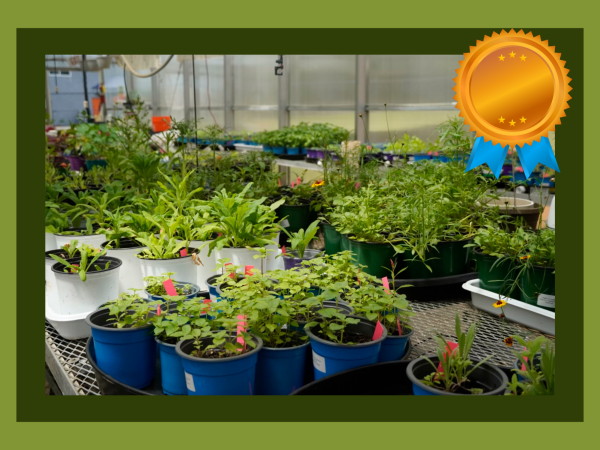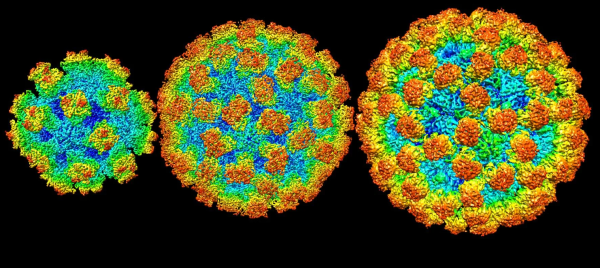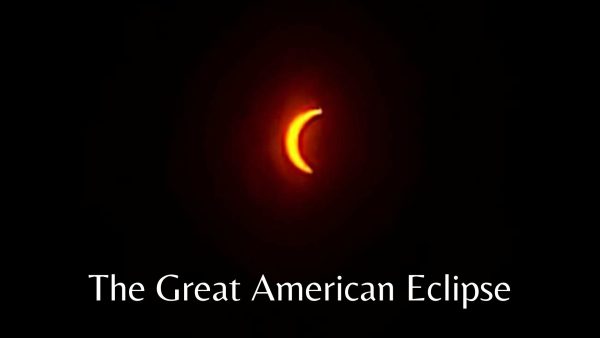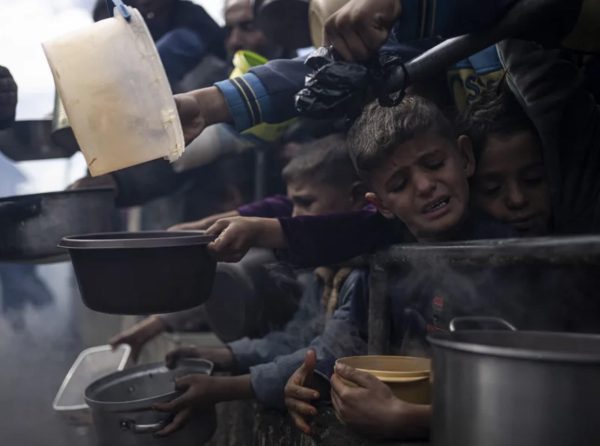Sunburnt country: the Australian wildfires explained
A massive fire rages over the Omeo region of Australia, with CNN reporting that “three fires have form[ed] a…blaze bigger than…Manhattan.” The wildfires in Australia started early September with small fires spreading across New South Wales before spreading to the greater Sydney region. With the effects of climate change ever-present in Australia and a massive drought only adding to the problem, it seems like these flames will not fan out any time soon.
January 10, 2020
Since September 2019, a score of bushfires have ravaged Australia’s south-eastern region: with the data reporting over 26 million acres burned, 5,000 buildings destroyed, 28 people killed and potentially 1 billion animals dead, scientists consider it one of the worst wildfires in recent Australian history.
The first reports of flames came out on September 6, when the northern portion of New South Wales experienced major damage to the Tenterfield and Ebor regions. Twelve homes ended up severely damaged and one person ended up injured; more fires started soon after in areas like Queensland, West Australia and the Australian Capital Territory. November saw the issue reach a fever pitch, with the combination of three deaths and the continued spread of the fires resulting in the declaration of a state of emergency.
Most news and scientific sources note that the fires emerged as a result of climate change, with the nation warming by just under 2 degrees Fahrenheit since 1910. This fact combined with a decrease in precipitation created the ideal condition for these types of fires. Beyond that, Vox noted how a delay in monsoon rains (among other weather oddities) helped accumulate heat over the central part of the country.
Though these fires only started in the last three months, ecologists already started measuring how they will impact the country’s future, with their results looking bleak. Ecologists believe the fires could cause various species to die out, as much of the 11 million acres burned served as their habitats and ecosystems; a select few even believe Australia will lose its battle to climate change and potentially signal the same for the rest of the world.


















